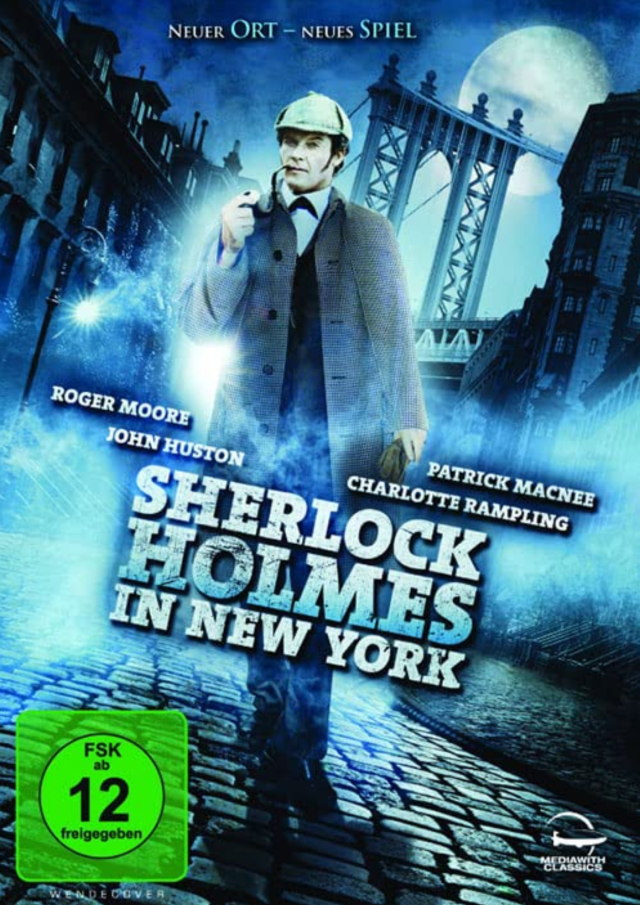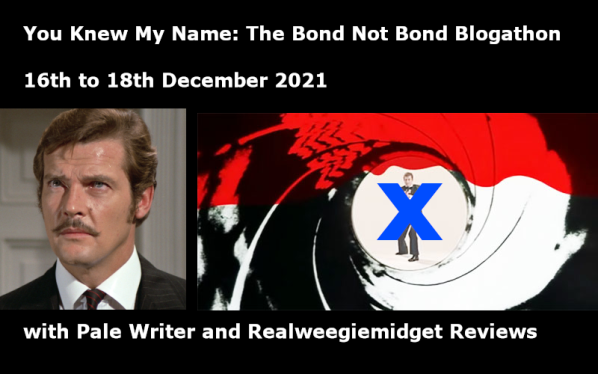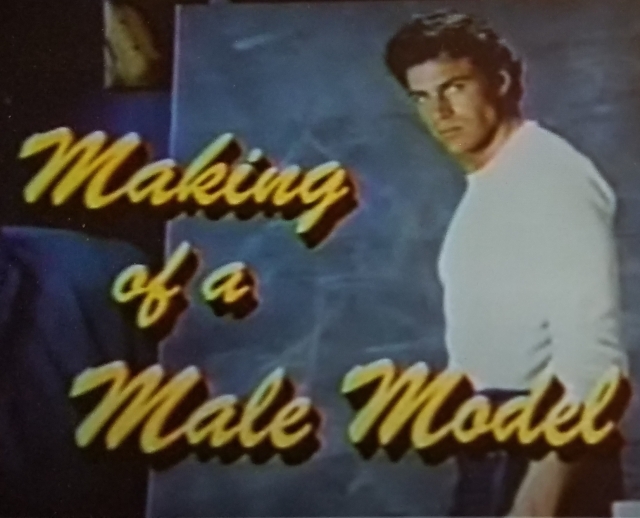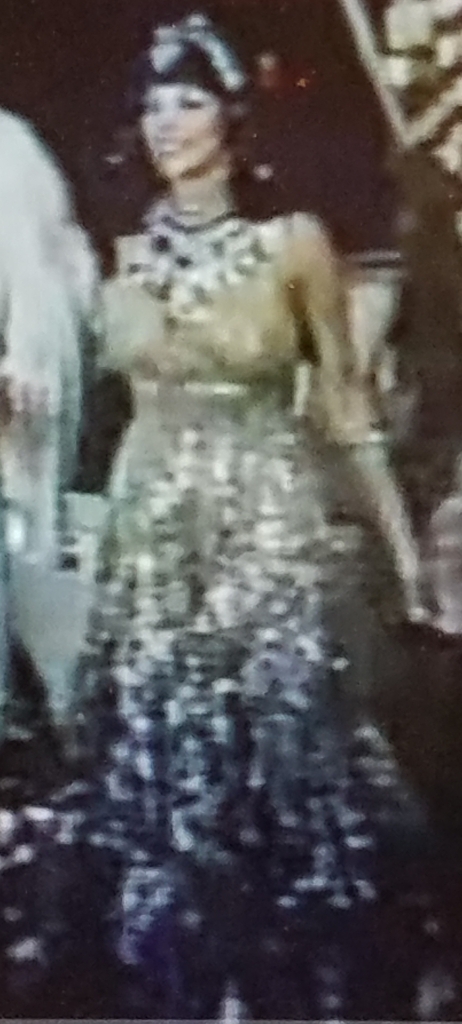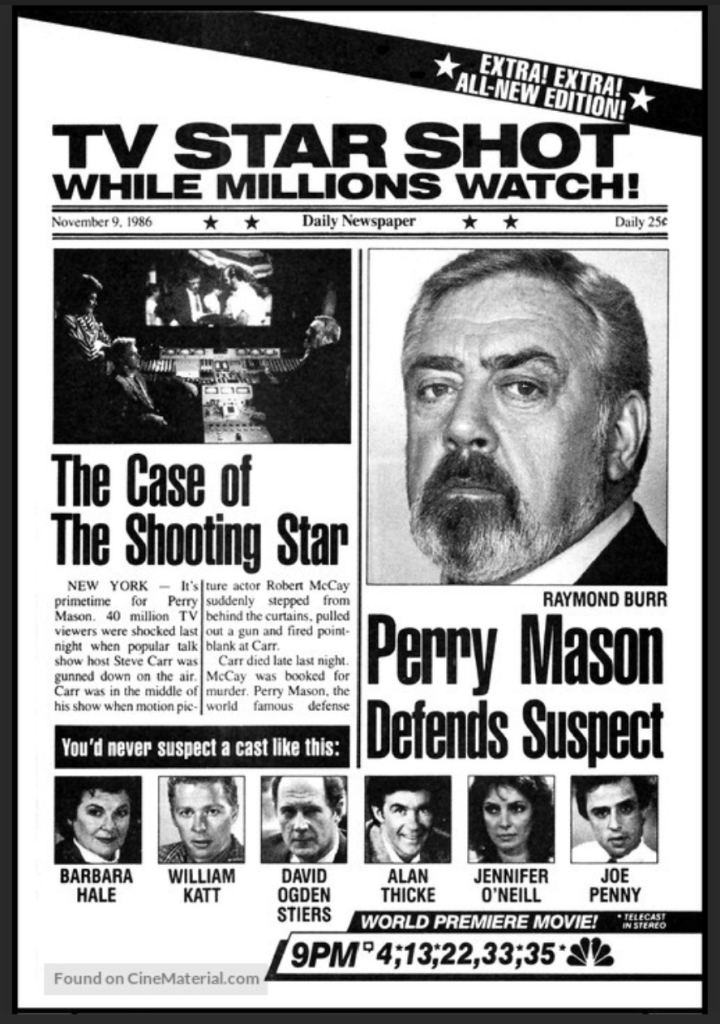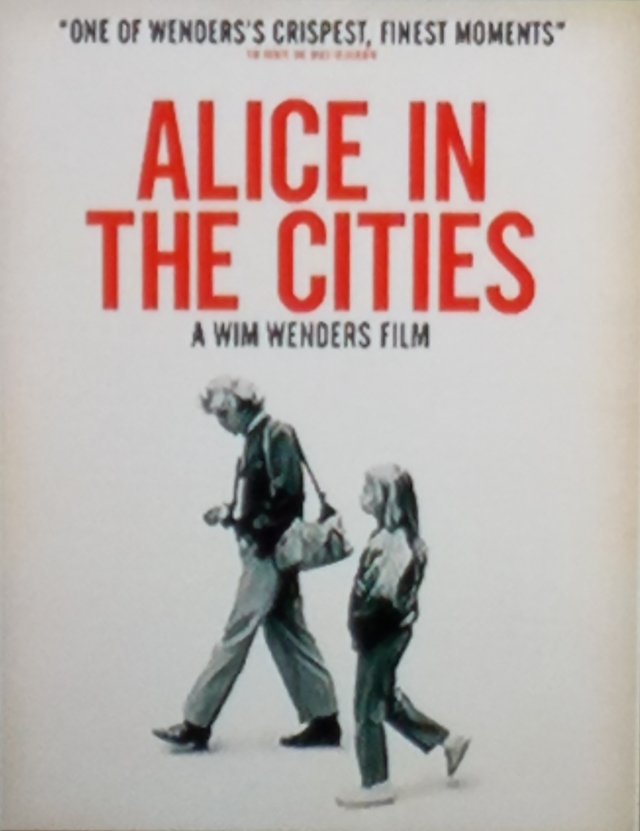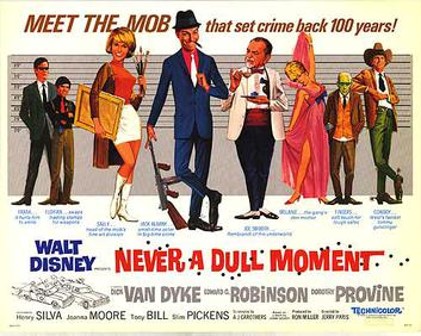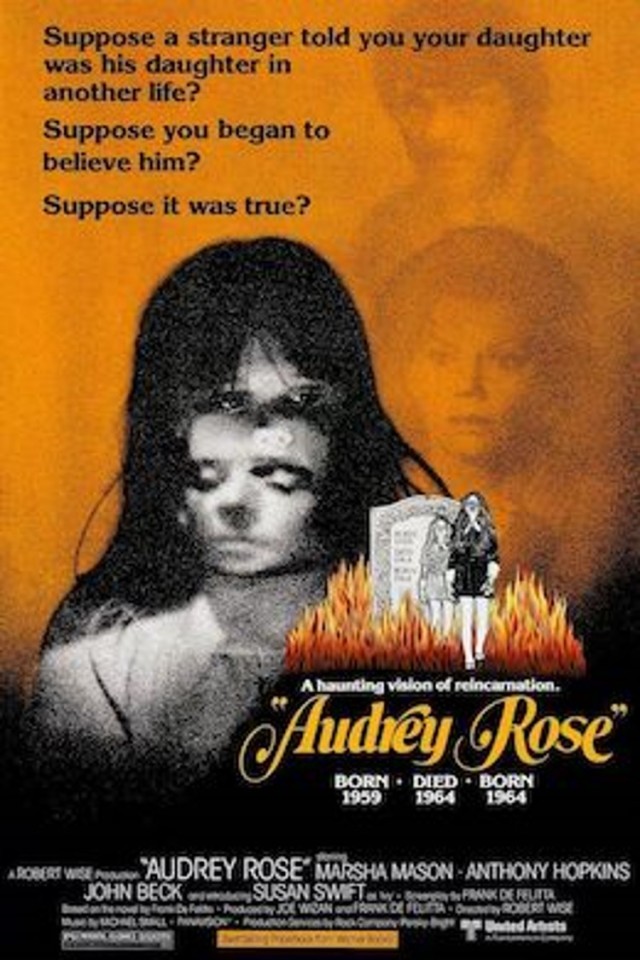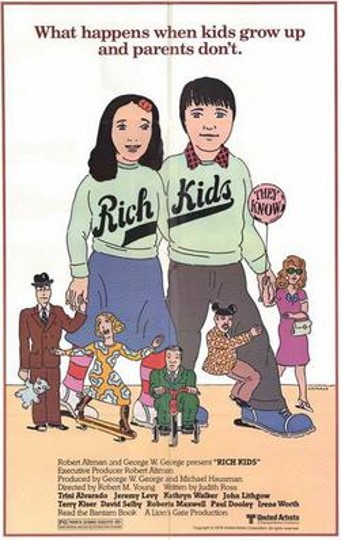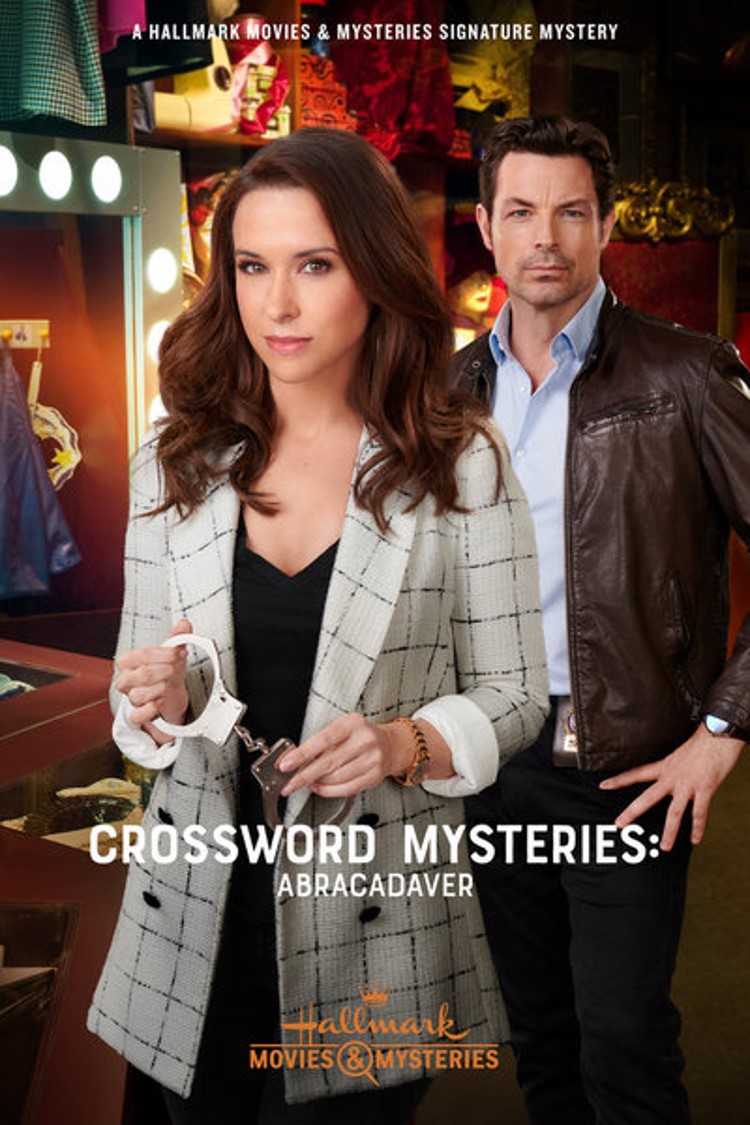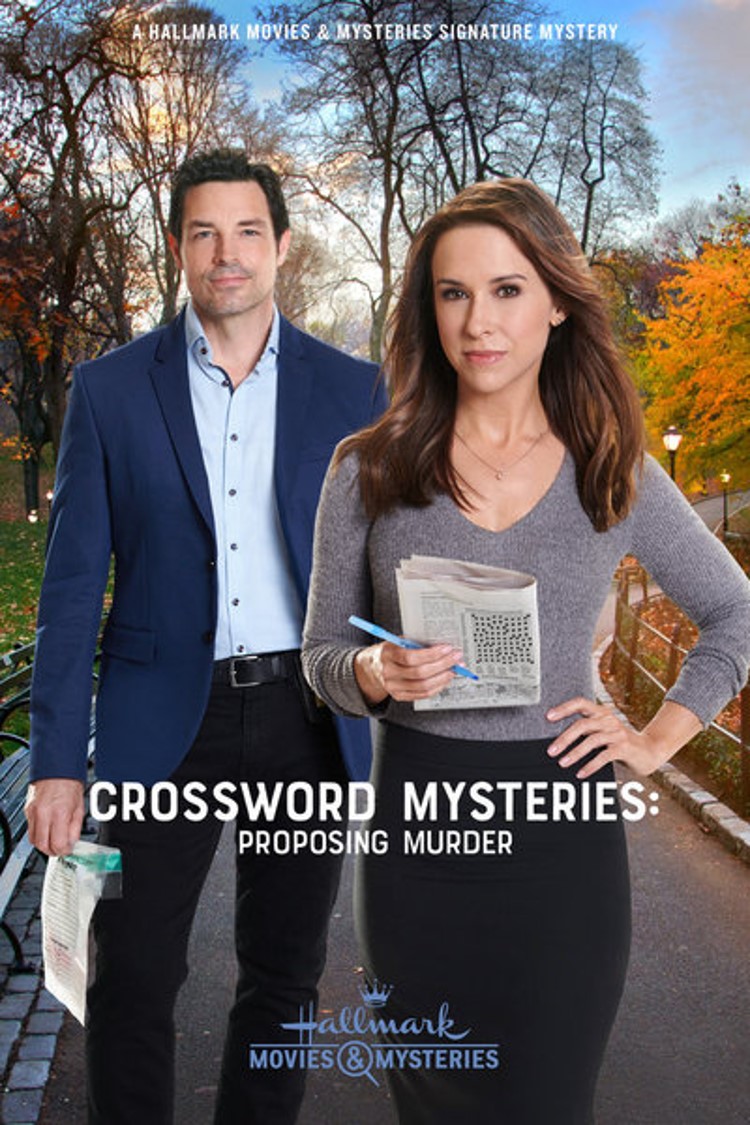Kyoko/Because of You is a movie I first planned to review back in May. But as I explained in my review of The Pit and the Pendulum, my DVD copy of Kyoko/Because of You didn’t arrive in time for the blogathon I was participating in. Thanks to this month’s Genre Grandeur, I now have an excuse to finally check this movie out! ‘New York Films That Take Place Prior to 9/11’ was selected for September’s Genre Grandeur theme. Not only was Kyoko/Because of You released in 1996, the protagonist takes a trip to New York. When I first came across this movie on IMDB, the synopsis immediately caught my attention. It sounded heartfelt, almost like a Hallmark Hall of Fame production. Since this movie is a lesser-known title, it gave me a chance to try to find a hidden gem!
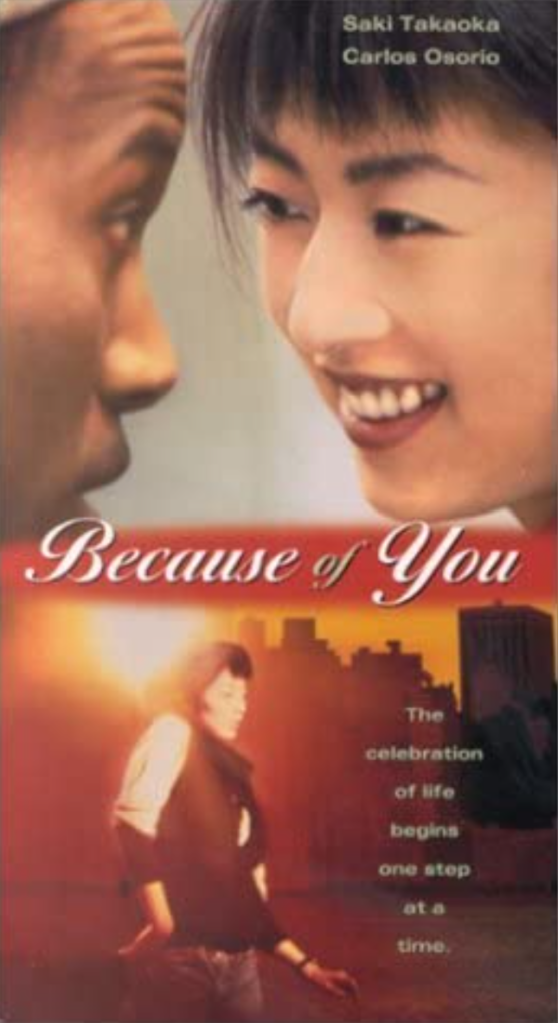
Things I liked about the film:
The acting: I’m not familiar with Saki Takaoka’s filmography. Despite this, I thought her portrayal of the titular character was pleasant to watch! From scene to scene, Saki displayed genuine emotion. One great example is when Jose is telling her about a lampshade his mom loved. When the scene begins, Kyoko has a smile on her face, happy to be spending time with her mentor. But as Jose is sharing his story, Kyoko’s face slowly falls, highlighting just how sad his story is. At the end of Jose’s story, Kyoko smiles again and tells him she’ll help find this lampshade, making her response bittersweet.
Kyoko’s mentor, Jose, is portrayed by Carlos Osorio. For the majority of the film, Jose is dealing with the effects of not only AIDS, but also Dementia. Despite these struggles, the humanity of this character shown through, thanks to Carlos’ acting talents. Before Kyoko leaves to purchase a souvenir, Jose asks to keep the van door open, as he wants to feel the breeze. Jose’s face has a wistful look about it, like he is reminiscing on simpler times. When Kyoko returns, Jose is angry at a young man named Angel. He not only yells at Angel, Jose also uses his cane to protect himself.
While in New York, Kyoko meets a limousine driver named Ralph. Portrayed by Scott Whitehurst, Ralph was one of the best characters in this movie! He was so charismatic and such a good friend to Kyoko. During their first interaction, Ralph encourages Kyoko to take a ride in his limousine. Using charm to his advantage, Ralph’s encouragement sounded more like a sales pitch. Despite this, the pleasant demeanor and friendliness of Scott’s body language and facial expressions indicated his good intentions.
Various sides of New York: In any movie taking place in a well-known, beloved location, there are two angles a creative team can take their project: glamourize and glorify it or show the not-so-pretty sides of that location. When it came to New York in Kyoko/Because of You, the presentation of New York seemed balanced. Yes, there is a shot of Radio City Music Hall. But well-known landmarks were not the only places featured in this part of the story. While looking for Jose, Kyoko visits a dance studio and a local bar. While the dance studio visit was brief, the local bar is where Kyoko shows off her dance skills. Since New York is such a large city, it hosts a landscape of multiple restaurants and cultural hubs. The film shows how various communities can make their home in the Big Apple.
The soundtrack: Throughout the film, Latin tunes can be heard in the background. While the tunes themselves were pleasant, I liked how they contained a strong connection to the story. Jose is from Cuba, sharing through a voice-over how dancing plays a huge role in his culture. Both Jose and Kyoko are Latin dancers, with the music emphasizing their shared interest. What’s also good about the music is its consistency, as Latin music was the principal sound for this movie.

What I didn’t like about the film:
Dancing has a limited presence: In the synopsis for Kyoko/Because of You, it states Jose taught Kyoko to dance when she was younger. With that in mind, I was expecting dance to be one of the film’s key themes. Sadly, there wasn’t much dancing within the story. In this hour and twenty-five-minute movie, there were two dance solos and three duets. Even though this film wasn’t a musical, I still found this disappointing.
The bait-and-switch: Because Kyoko travels to New York and because the New York City skyline is featured on the film’s poster, I assumed the majority of the story would take place in New York City. Even though the Big Apple is featured in the movie, only about a third of the film is set there. The rest of the movie becomes a road trip story, with some shots of a moving vehicle used as padding. Since I watched this film partly because of its New York City backdrop, this was somewhat misleading.
Drawn out scenes: As I just mentioned, some shots of a moving vehicle were used as padding. They were also used to satisfy the film’s run-time. One example is when Kyoko is driving out of New York. In this shot, she is driving her vehicle on a bridge, which lasts for about thirty seconds. Scenes like that one should have been cut shorter, giving more time to the plot.

My overall impression:
The story of someone reconnecting with their mentor could be heartwarming. While that potential was there for Kyoko/Because of You, it didn’t contain as much heart as I expected. The majority of this story focused on the road trip instead of the bond between Kyoko and Jose. Yes, I know Jose was experiencing Dementia. But it seems like the road trip, from a story-telling perspective, tried to make up for Jose’s disintegrating memory. The acting performances were nice to watch. I also enjoyed the dance routines. However, I wish dance had been a key theme in this movie. New York is such a diverse landscape, especially when it comes to dancing. Therefore, this felt, to me, like a missed opportunity. I’m glad I finally got a chance to review Kyoko/Because of You. But it’s not the hidden gem I thought it could be.
Overall score: 6.1 out of 10
Have you seen Kyoko/Because of You? Which ‘dance films’ do you like? Tell me in the comment section!
Have fun at the movies!
Sally Silverscreen

